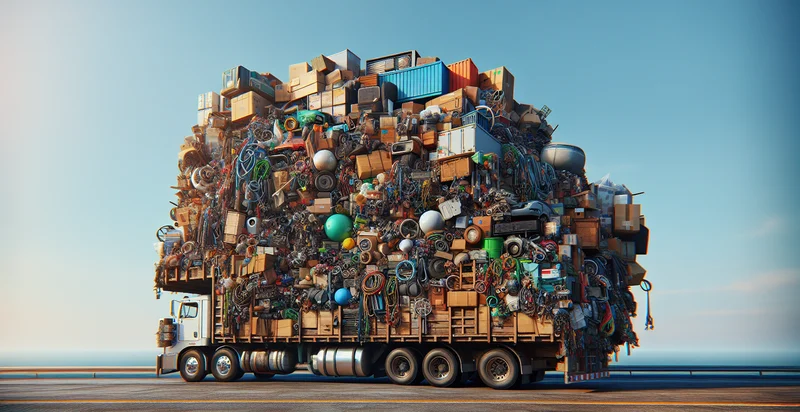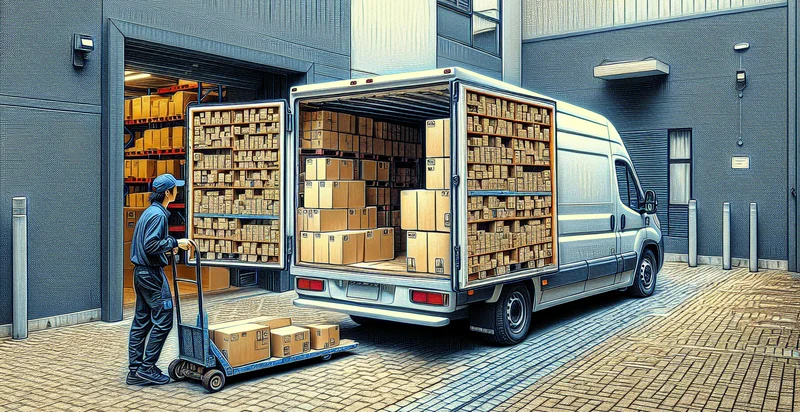Identify if van is loaded
using AI
Below is a free classifier to identify if van is loaded. Just upload your image, and our AI will predict if the van is loaded - in just seconds.

Contact us for API access
Or, use Nyckel to build highly-accurate custom classifiers in just minutes. No PhD required.
Get started
import nyckel
credentials = nyckel.Credentials("YOUR_CLIENT_ID", "YOUR_CLIENT_SECRET")
nyckel.invoke("if-van-is-loaded", "your_image_url", credentials)
fetch('https://www.nyckel.com/v1/functions/if-van-is-loaded/invoke', {
method: 'POST',
headers: {
'Authorization': 'Bearer ' + 'YOUR_BEARER_TOKEN',
'Content-Type': 'application/json',
},
body: JSON.stringify(
{"data": "your_image_url"}
)
})
.then(response => response.json())
.then(data => console.log(data));
curl -X POST \
-H "Content-Type: application/json" \
-H "Authorization: Bearer YOUR_BEARER_TOKEN" \
-d '{"data": "your_image_url"}' \
https://www.nyckel.com/v1/functions/if-van-is-loaded/invoke
How this classifier works
To start, upload your image. Our AI tool will then predict if the van is loaded.
This pretrained image model uses a Nyckel-created dataset and has 2 labels, including Van Loaded and Van Not Loaded.
We'll also show a confidence score (the higher the number, the more confident the AI model is around if the van is loaded).
Whether you're just curious or building if van is loaded detection into your application, we hope our classifier proves helpful.
Related Classifiers
Need to identify if van is loaded at scale?
Get API or Zapier access to this classifier for free. It's perfect for:
- Fleet Management Optimization: Companies can utilize the 'if van is loaded' identifier to enhance fleet management by monitoring the load status of their vans in real-time. This information allows logistics managers to optimize routes and improve delivery efficiency, reducing fuel costs and increasing overall productivity.
- Inventory Control: Retailers can automate inventory checks by integrating the van loading status into their supply chain management systems. This ensures that stock levels are maintained accurately, helping businesses avoid both overstock and stockouts, ultimately leading to better customer satisfaction.
- Insurance Risk Assessment: Insurance companies can use the loading information to assess risk factors for commercial vehicle policies. Understanding whether a van is loaded can inform underwriting decisions, potentially leading to more accurate premium pricing based on actual usage patterns.
- Compliance Monitoring: Regulatory agencies can leverage this technology to ensure that logistics companies are complying with load capacity regulations. The identifier can provide data that helps monitor overloading practices, which could lead to fines or safety hazards.
- Route Planning for Deliveries: Delivery services can implement the loaded status identifier to dynamically adjust delivery schedules. By ensuring that vans only embark when loaded, companies reduce the number of empty trips, thereby improving efficiency and alleviating traffic congestion.
- Customer Communication: Businesses can enhance customer engagement by providing accurate delivery windows based on whether a van is loaded. Automated notifications can be sent to customers when their deliveries are prepared, fostering transparency and improving overall service experience.
- Environmental Impact Reduction: Companies can use the loading data to promote sustainability by reducing carbon emissions associated with empty vehicle trips. By ensuring vans are only on the road when fully utilized, they contribute to lower fuel consumption and a smaller environmental footprint.


